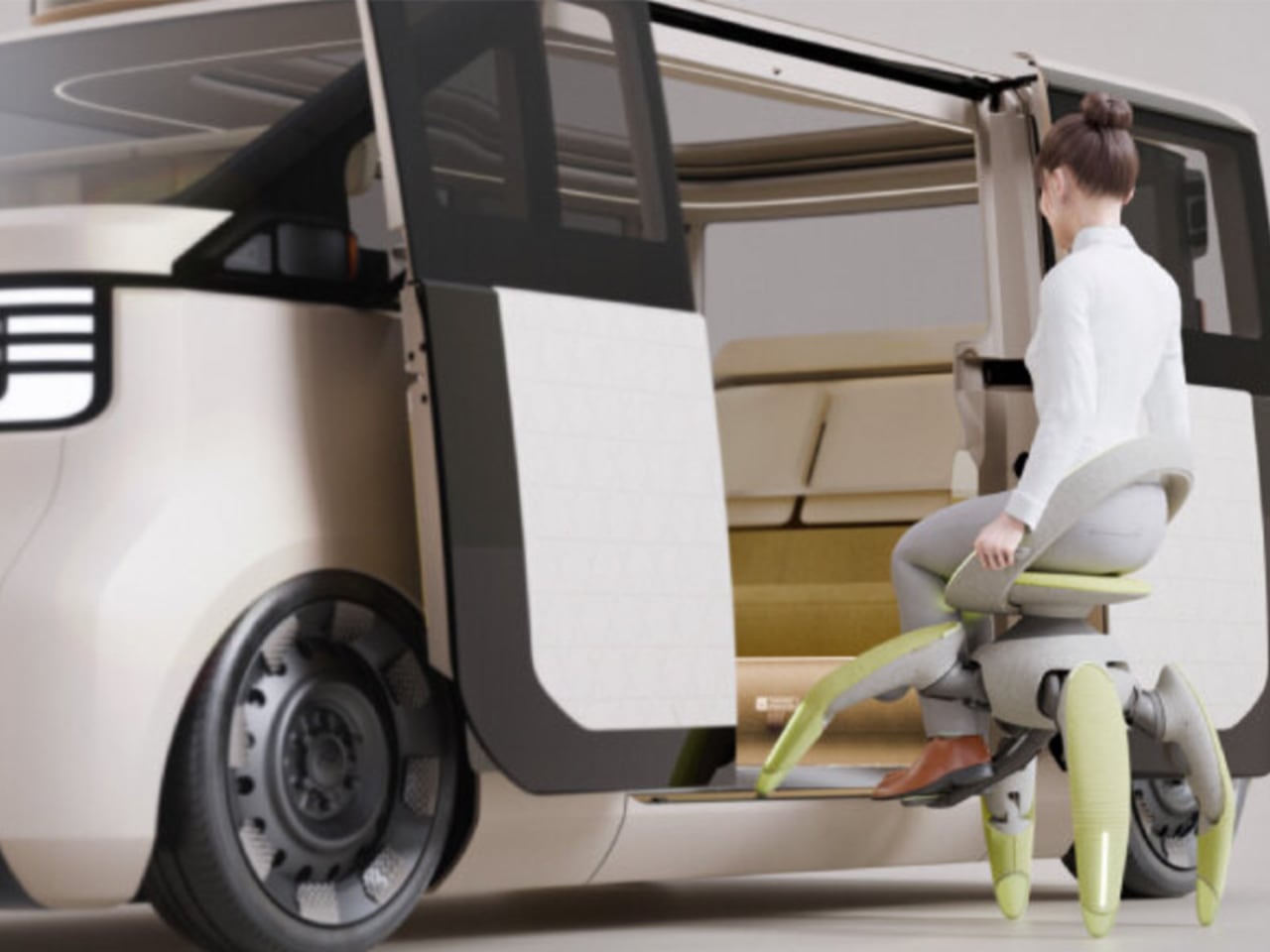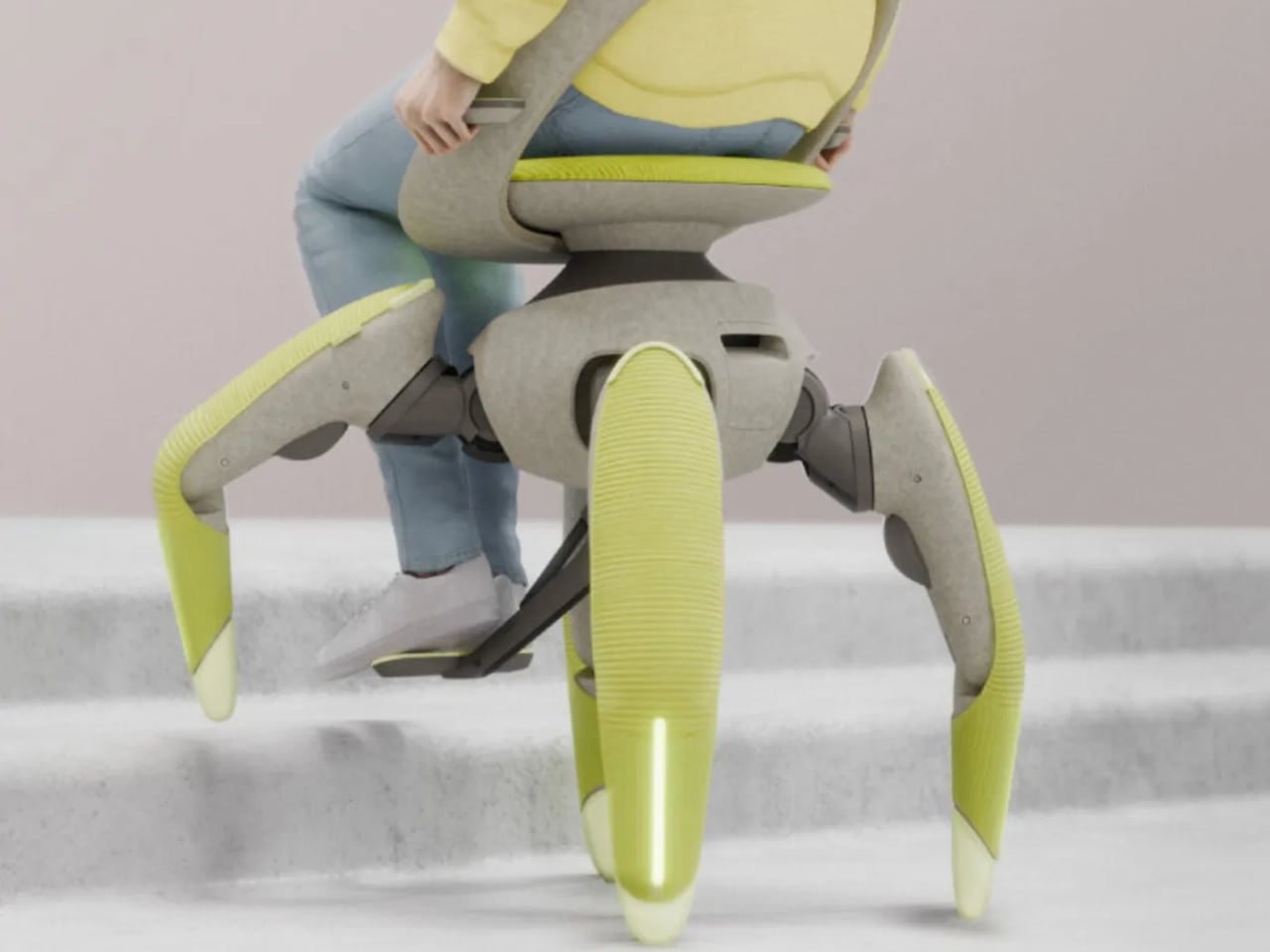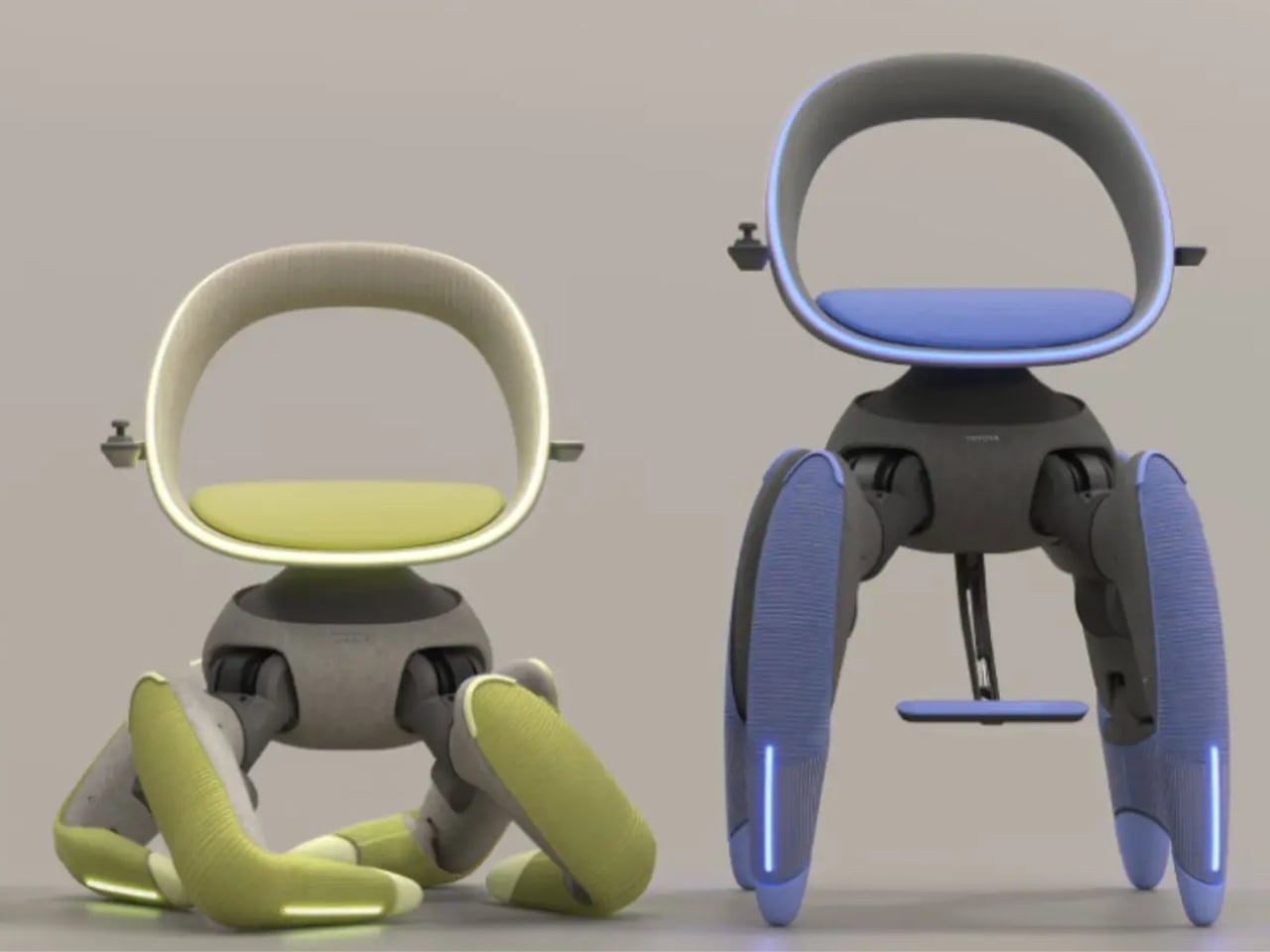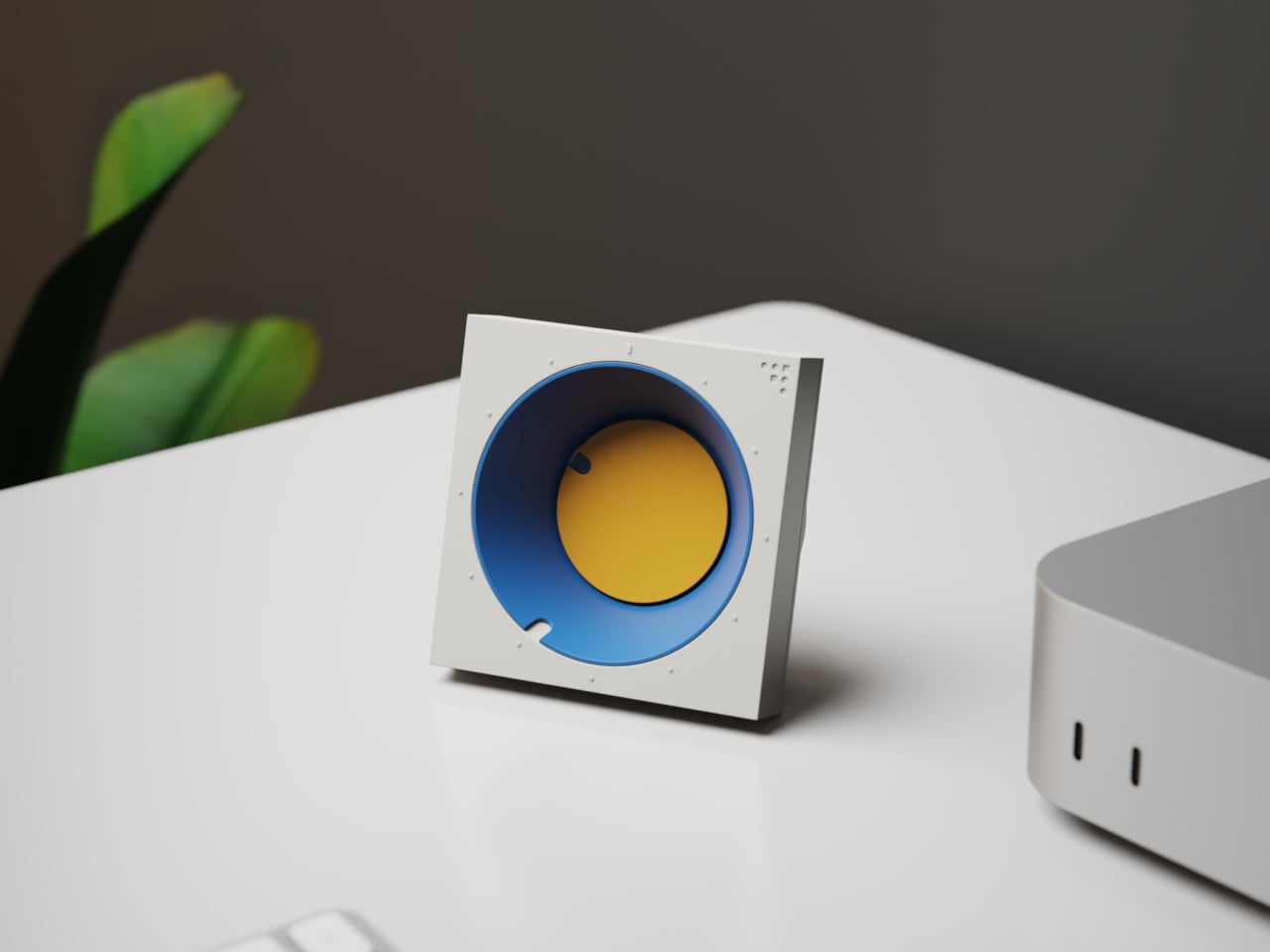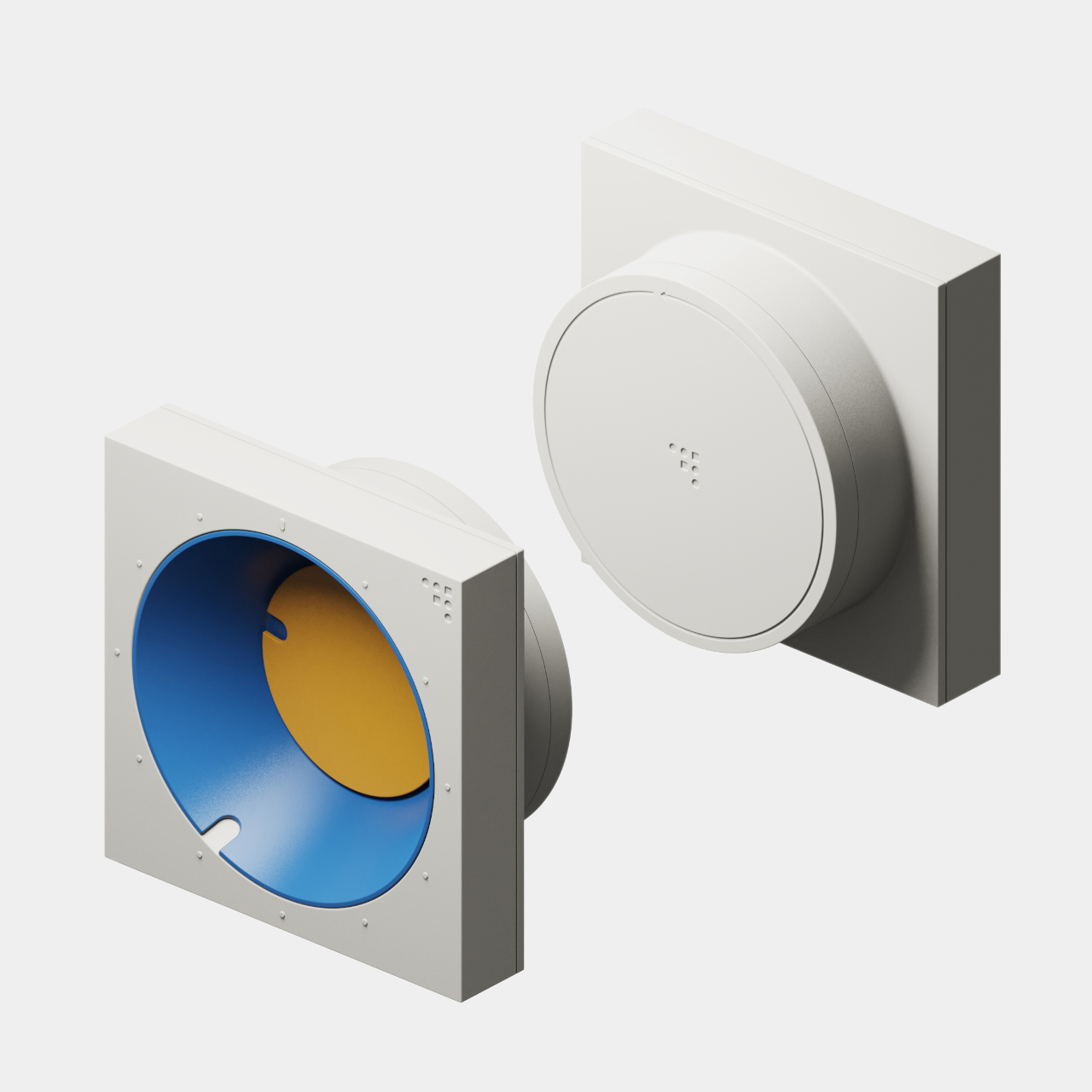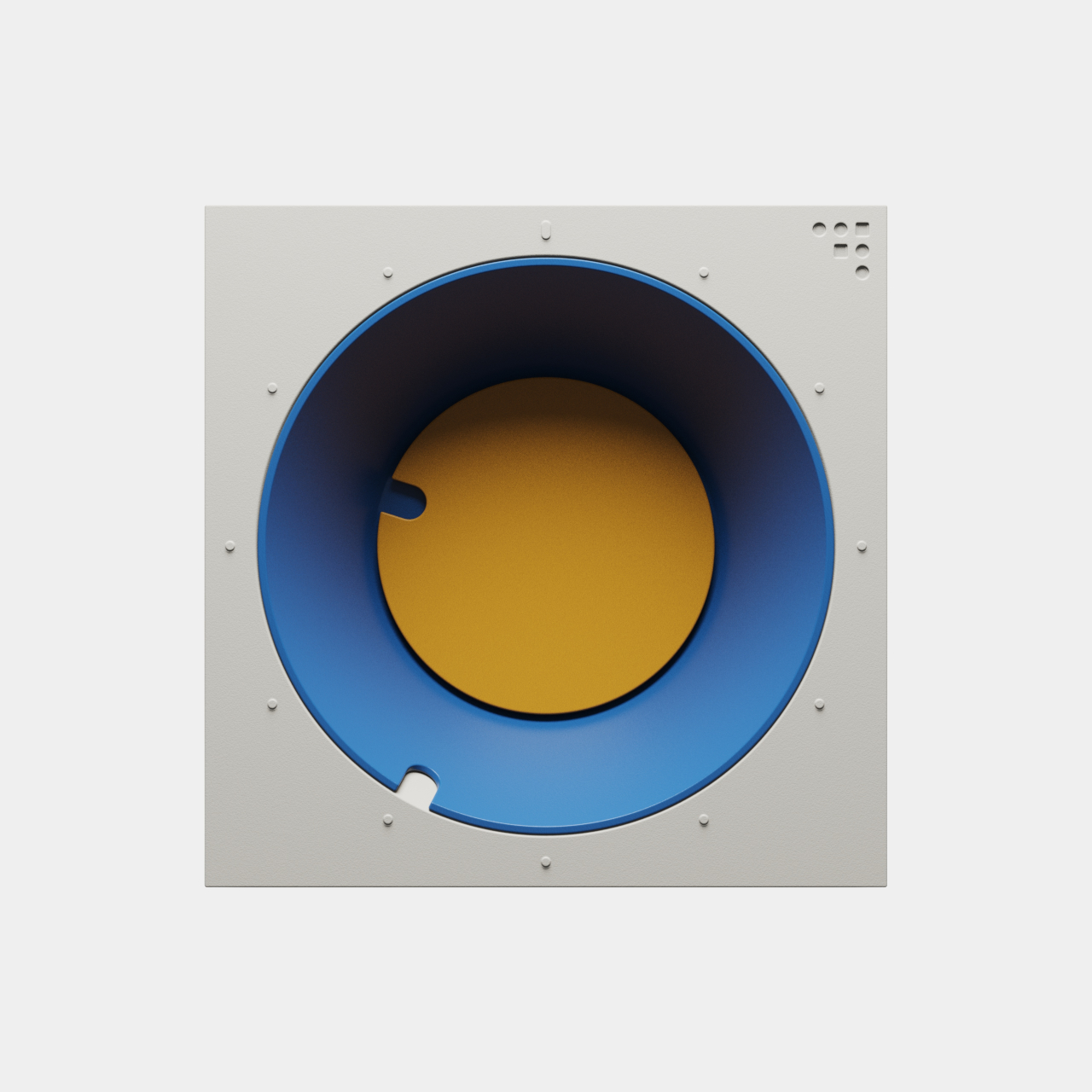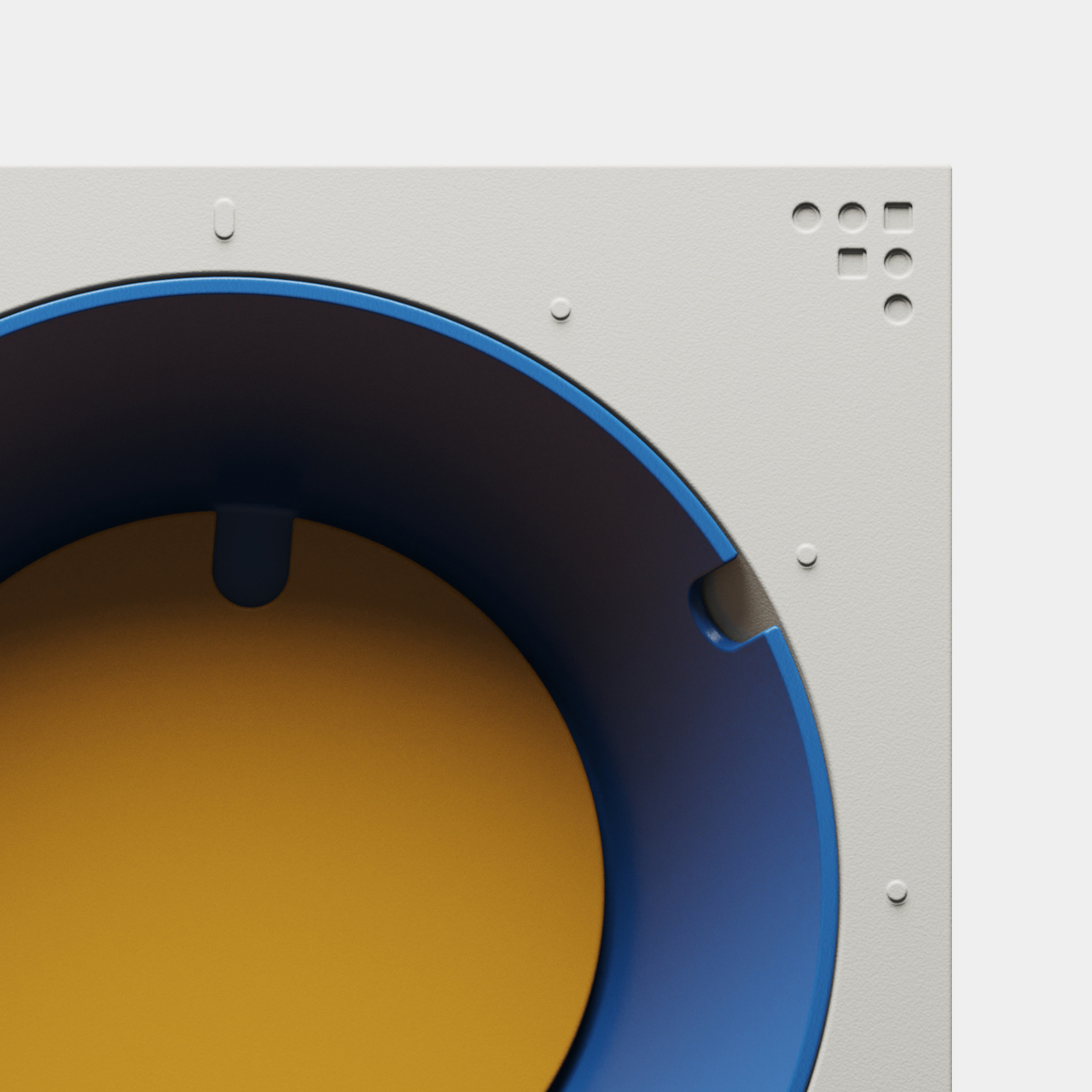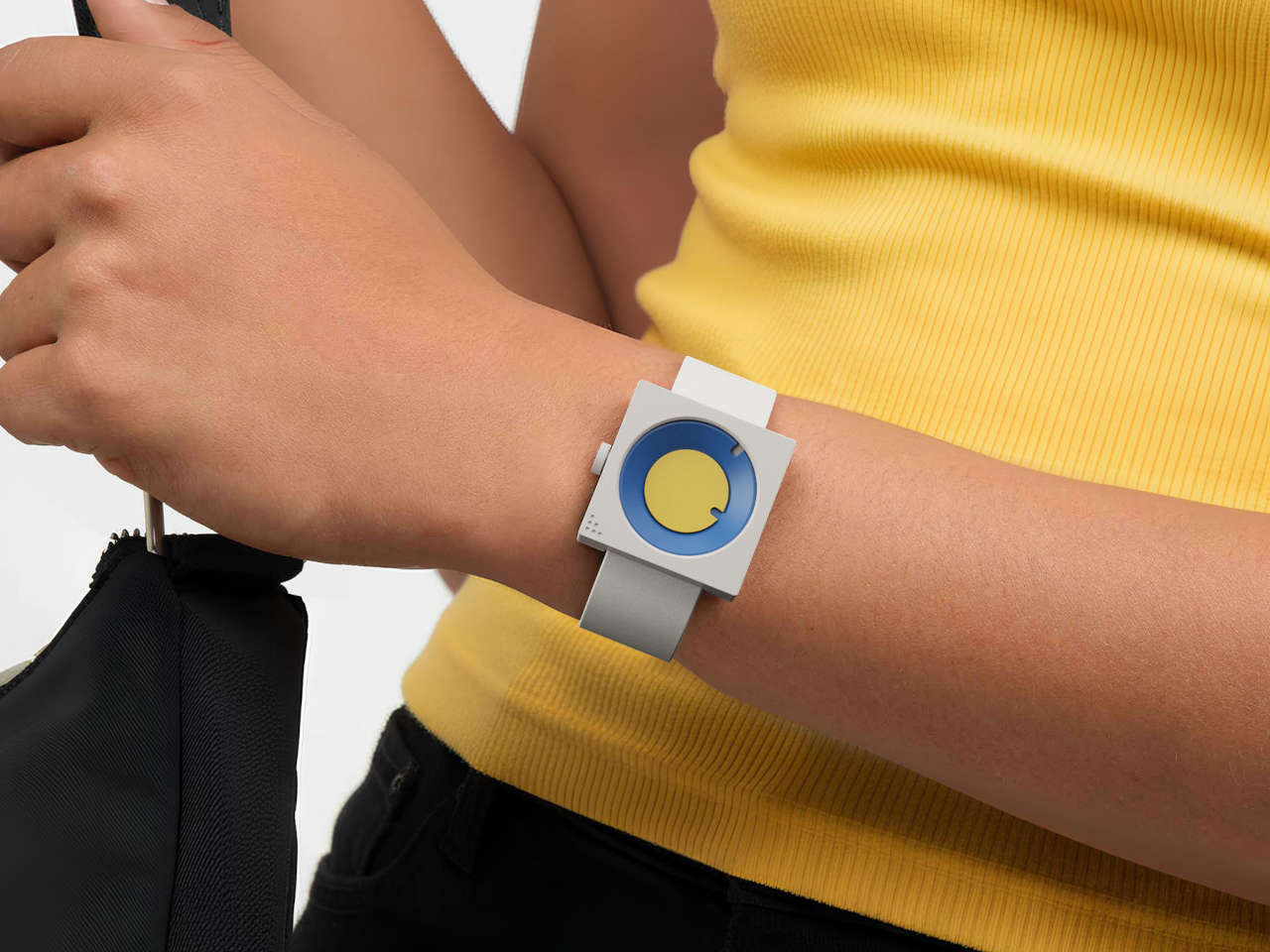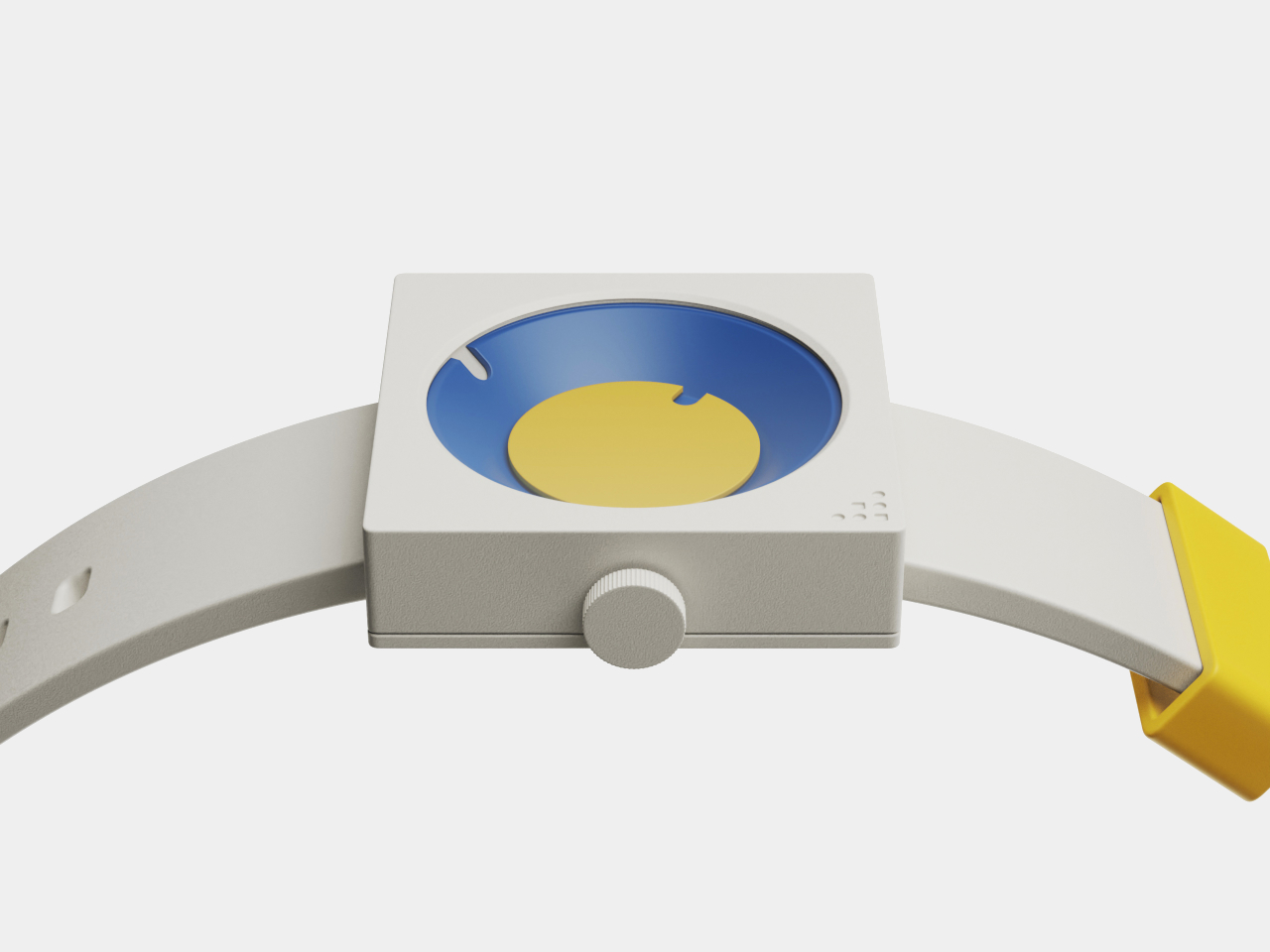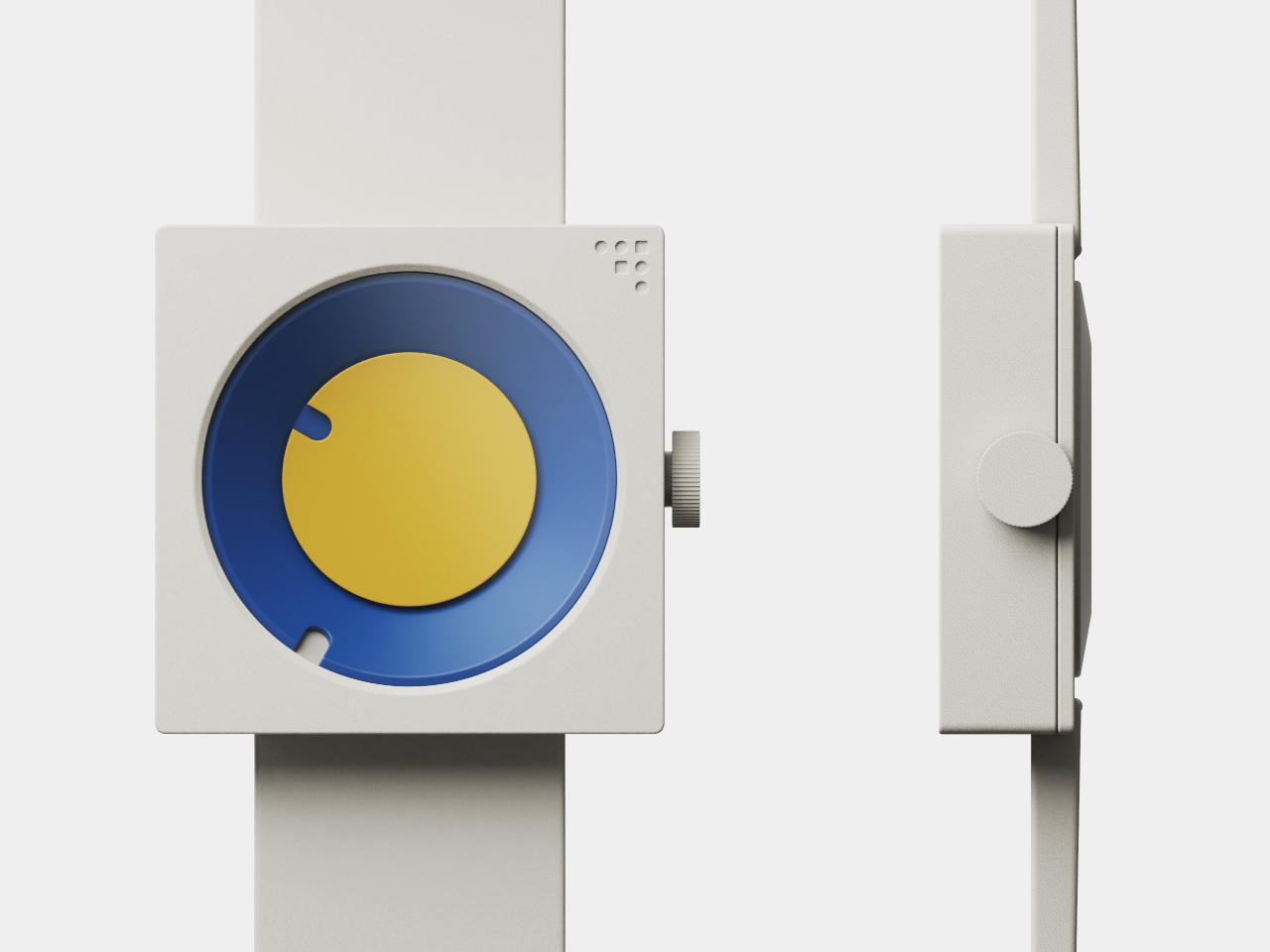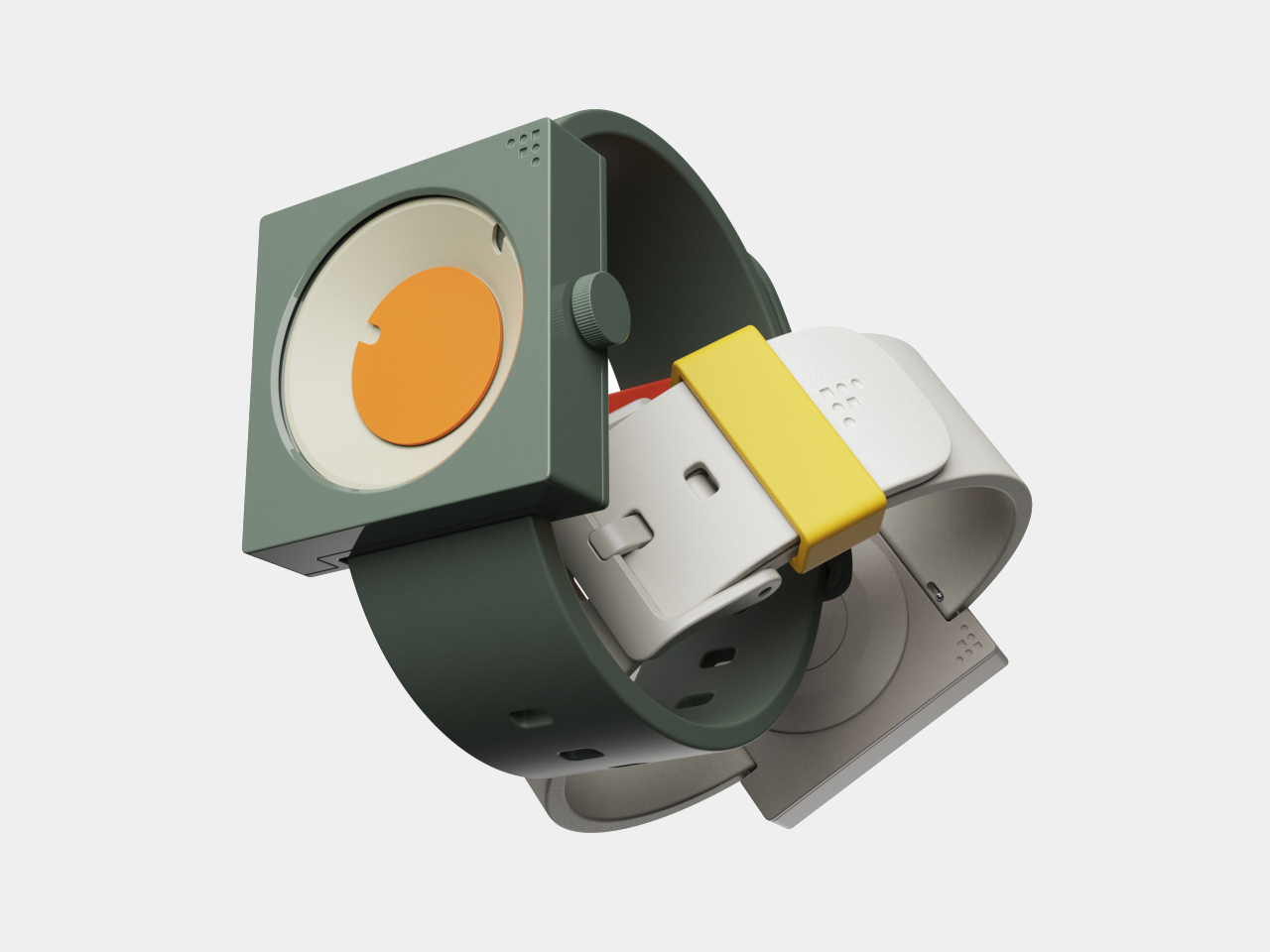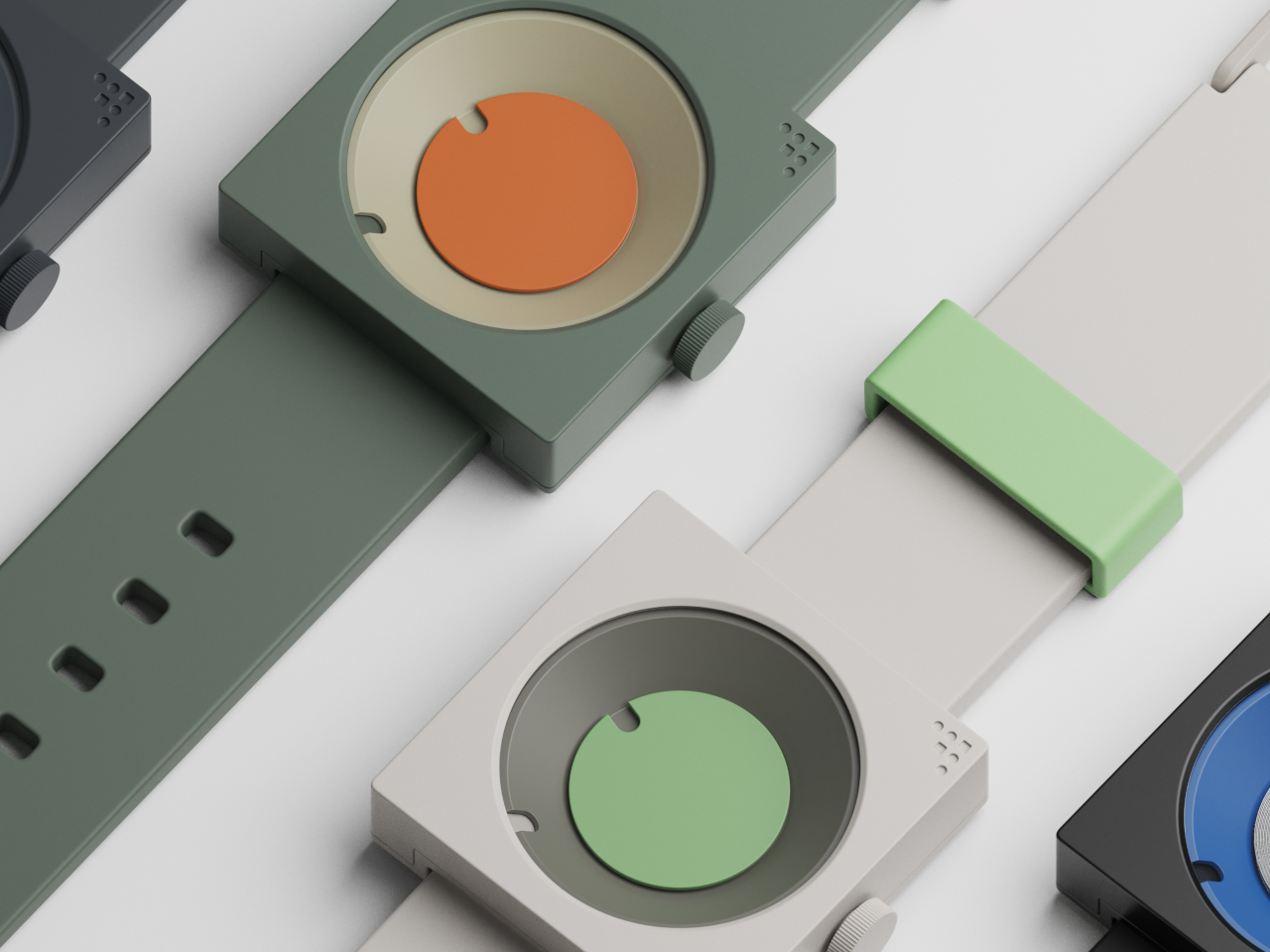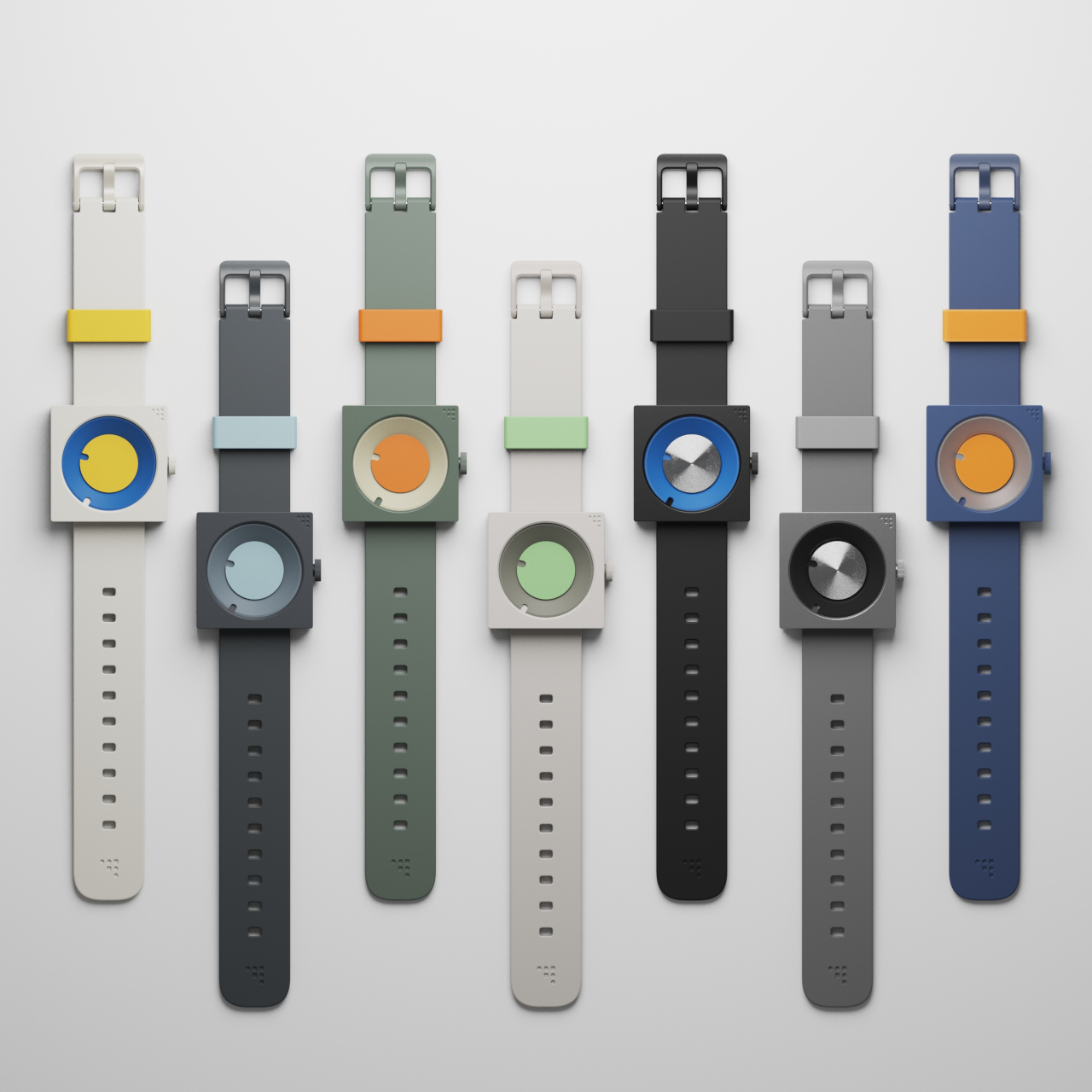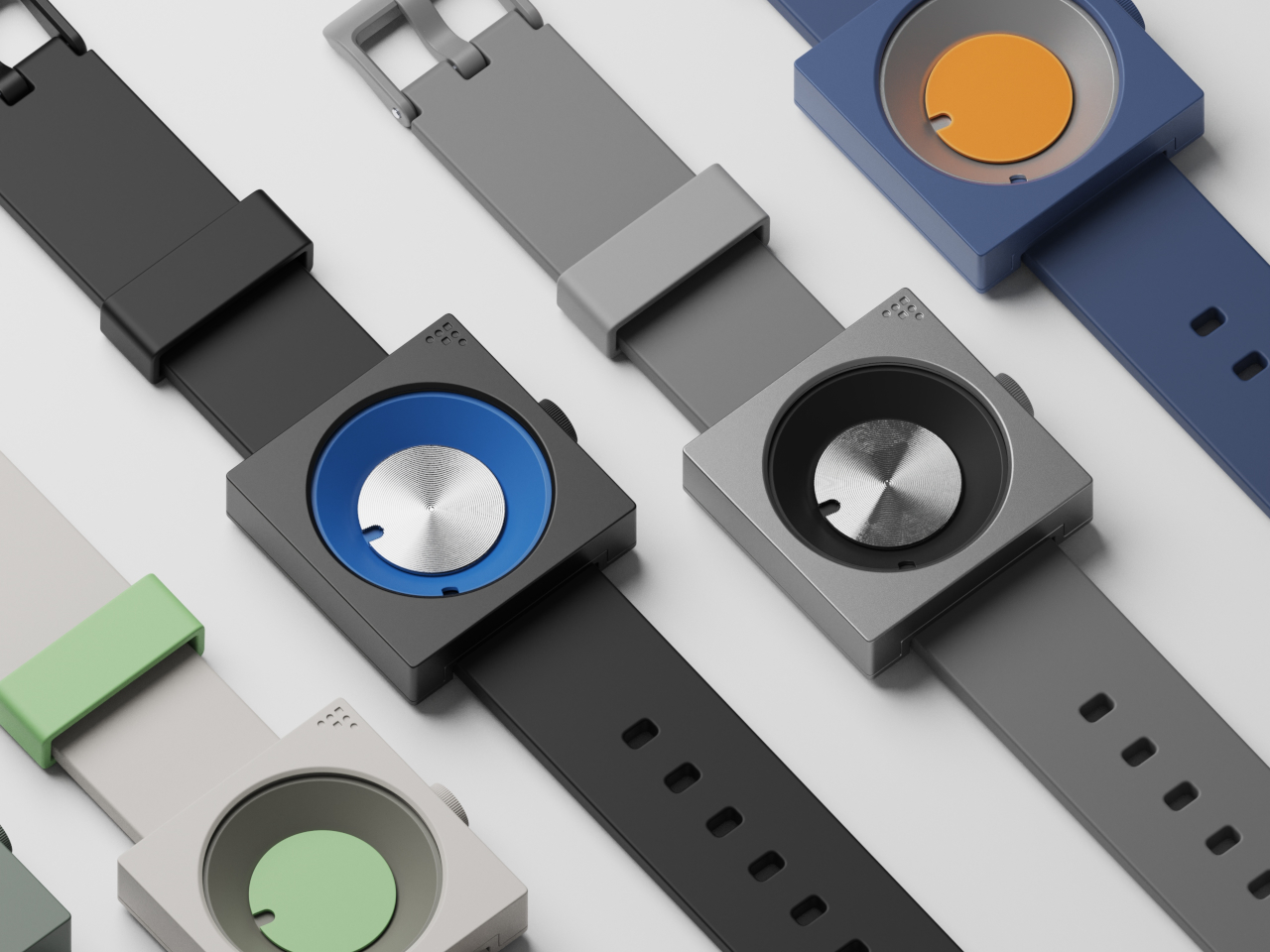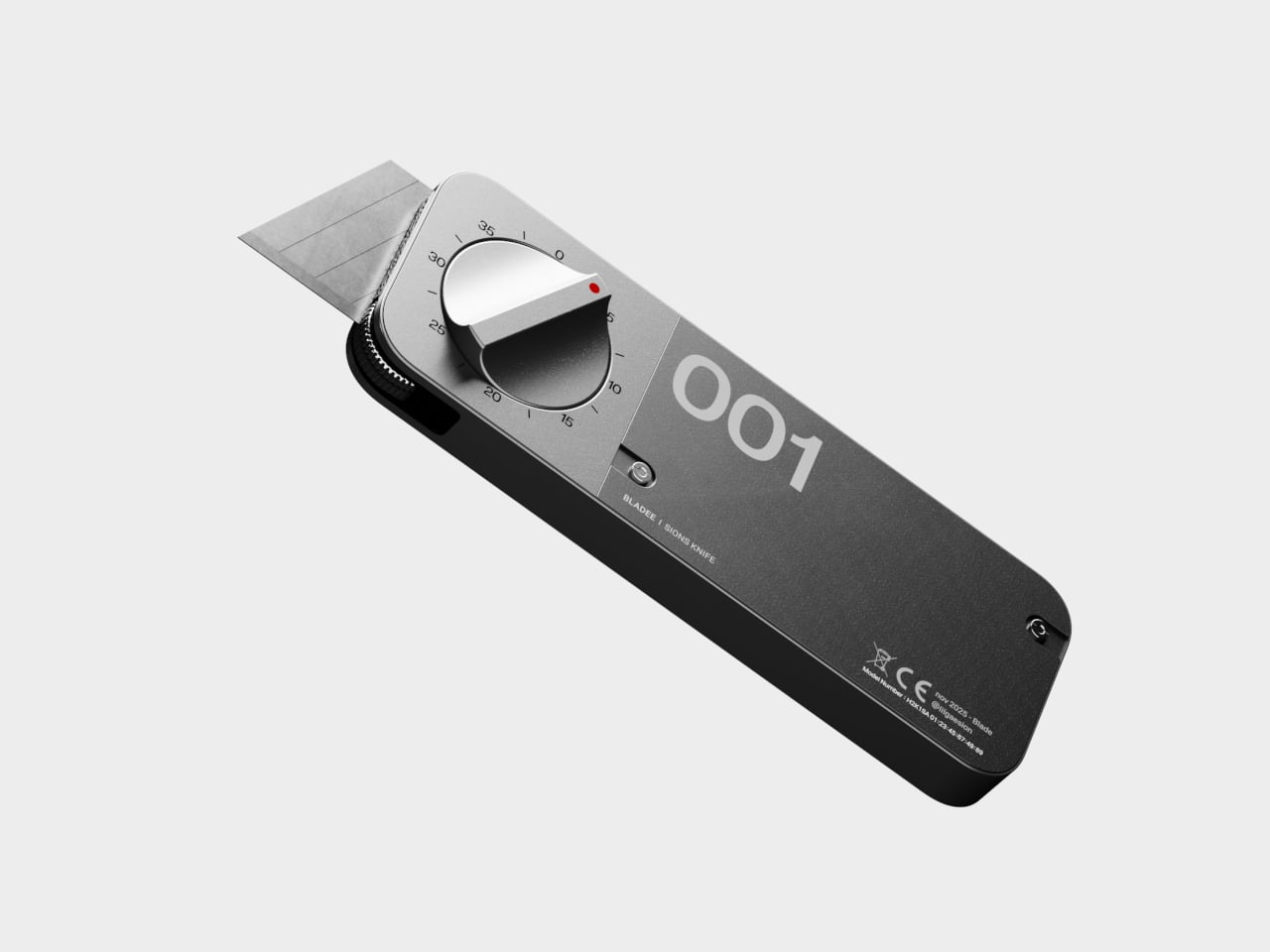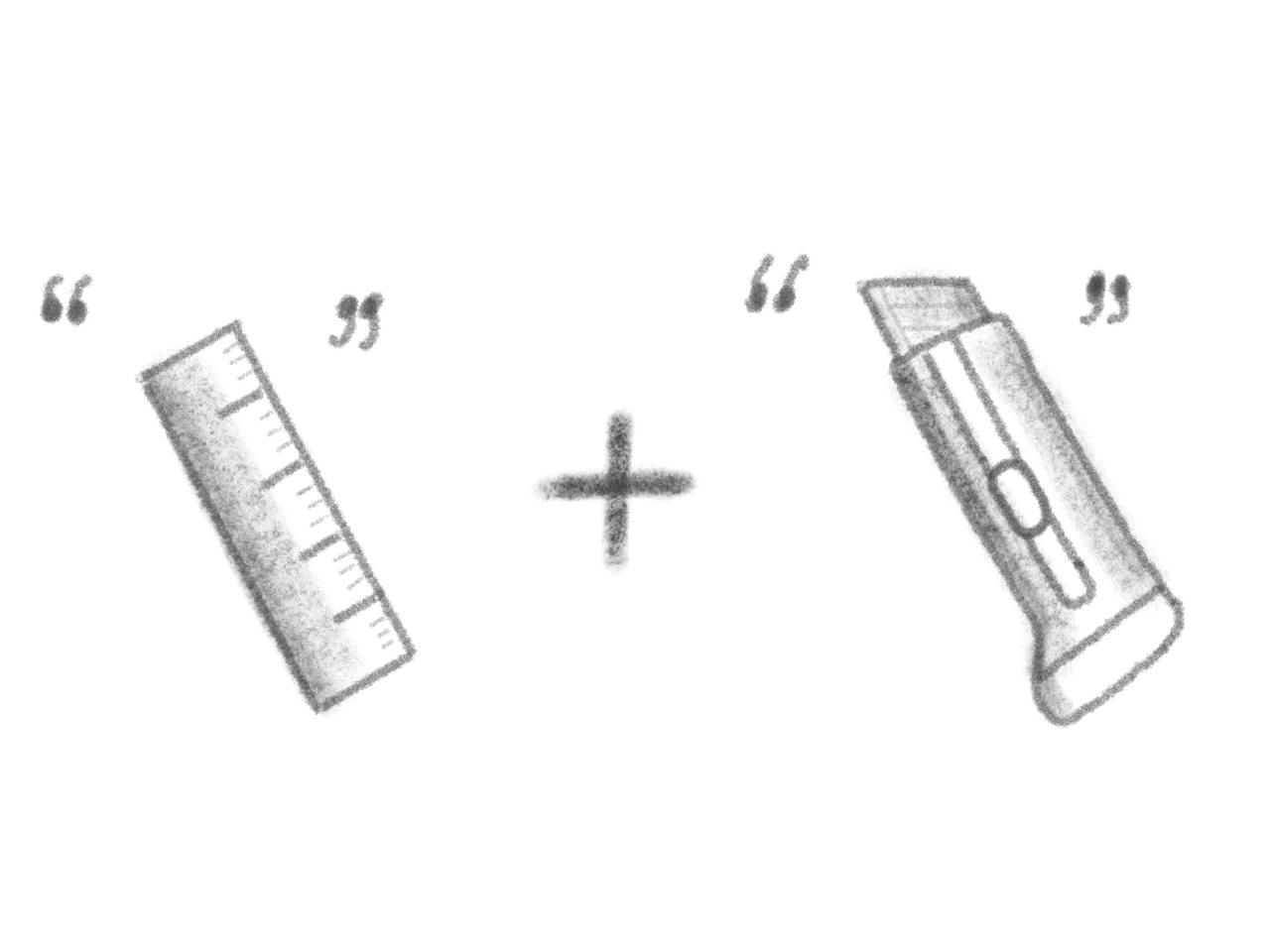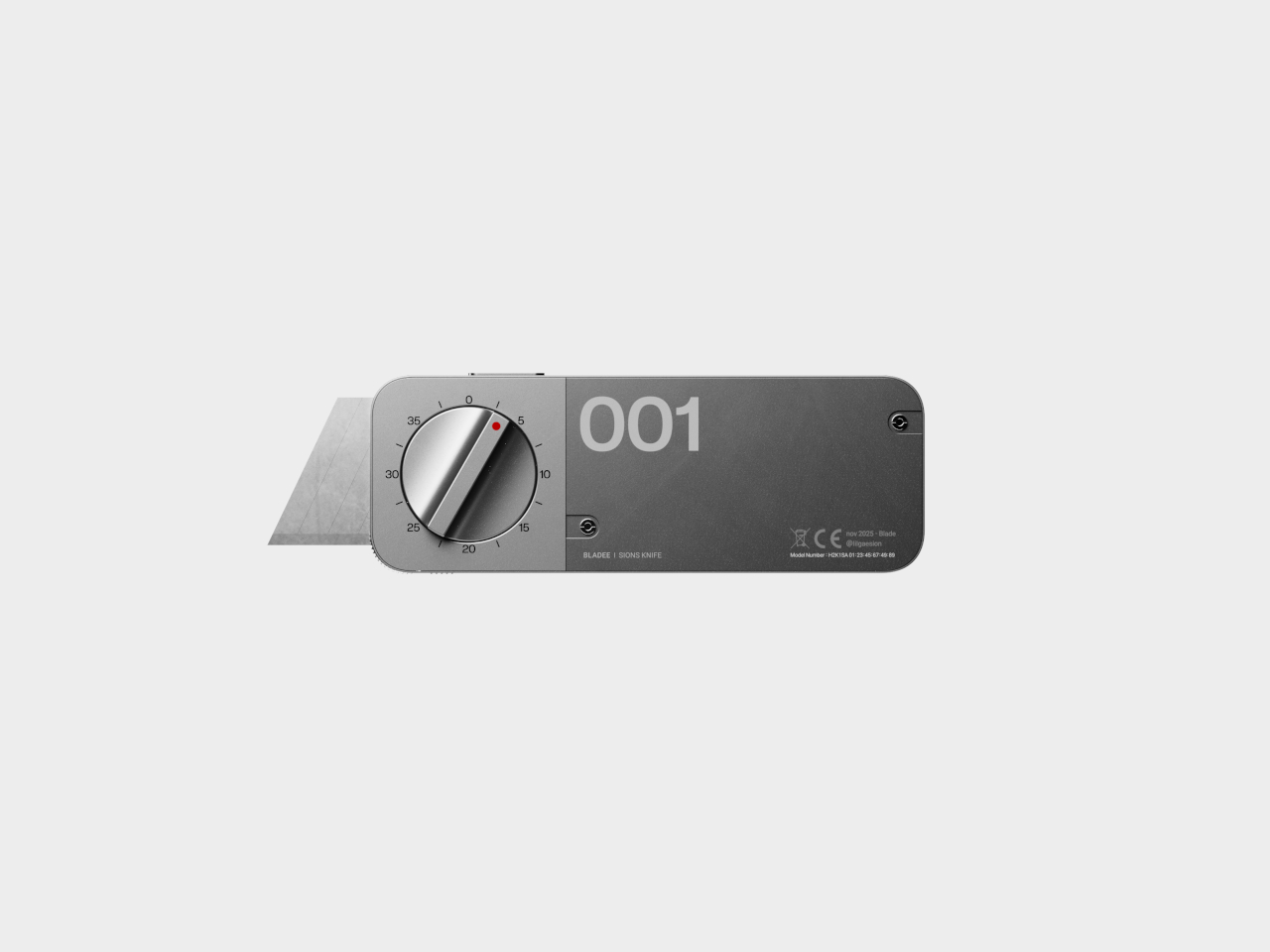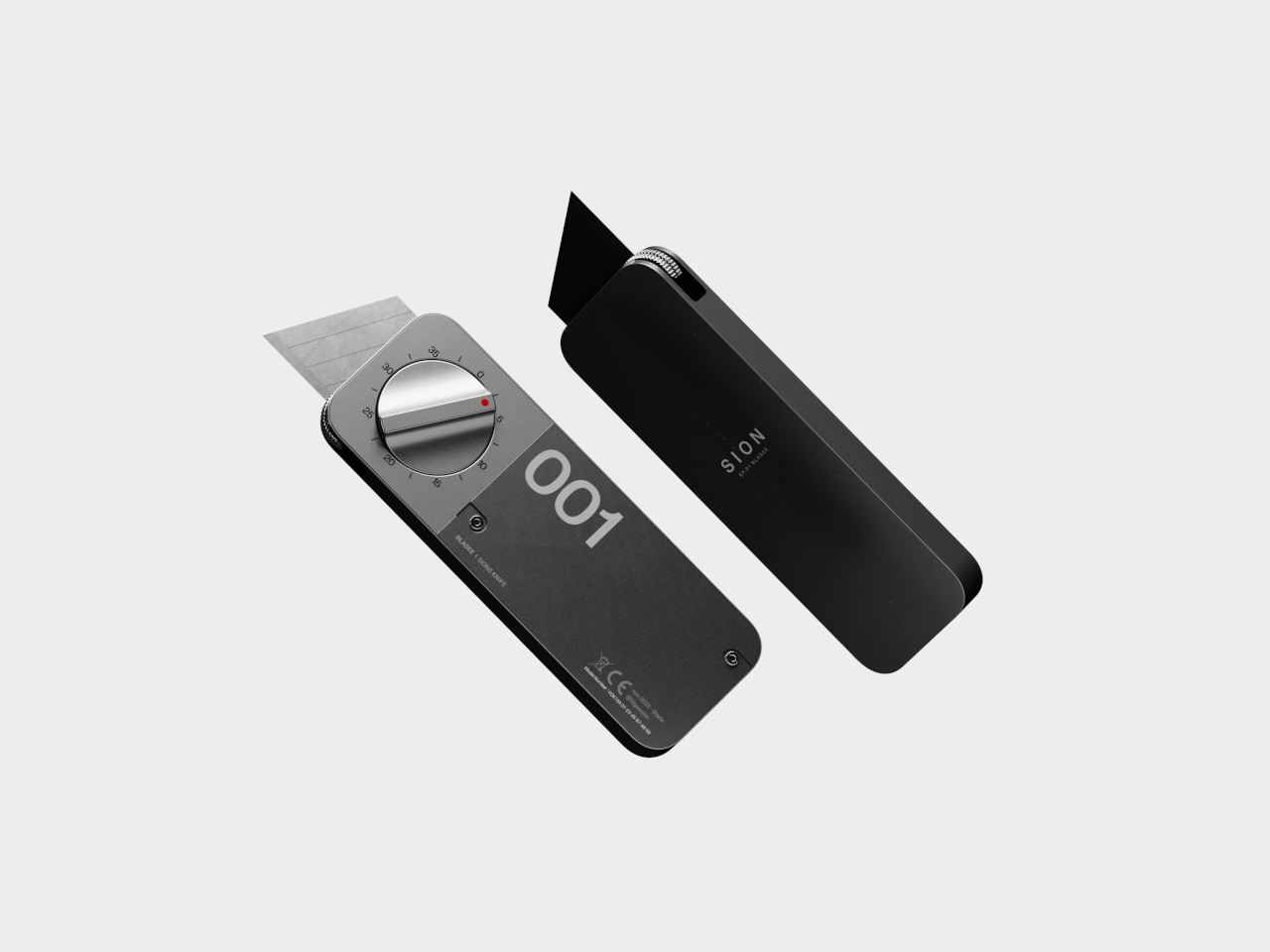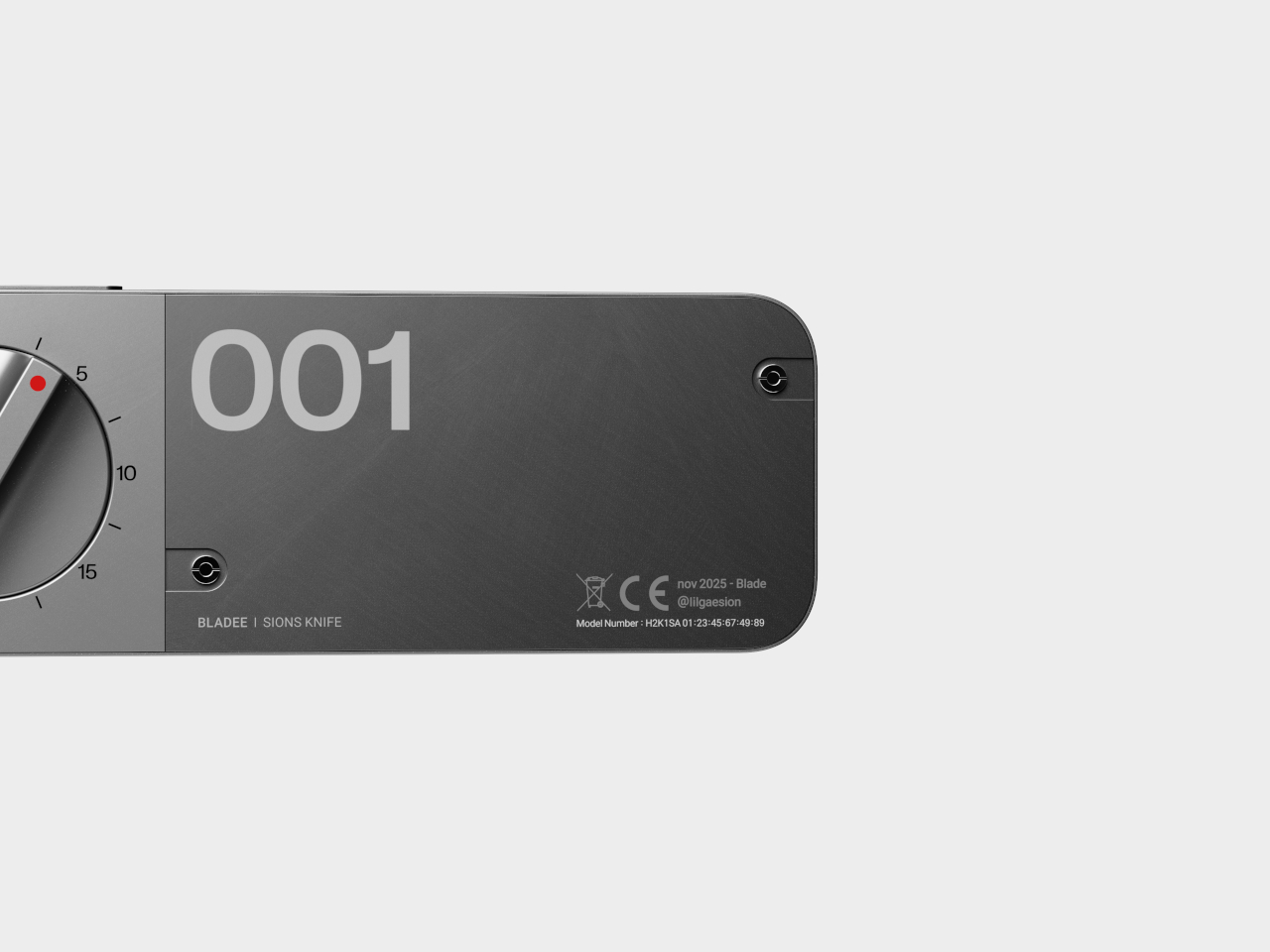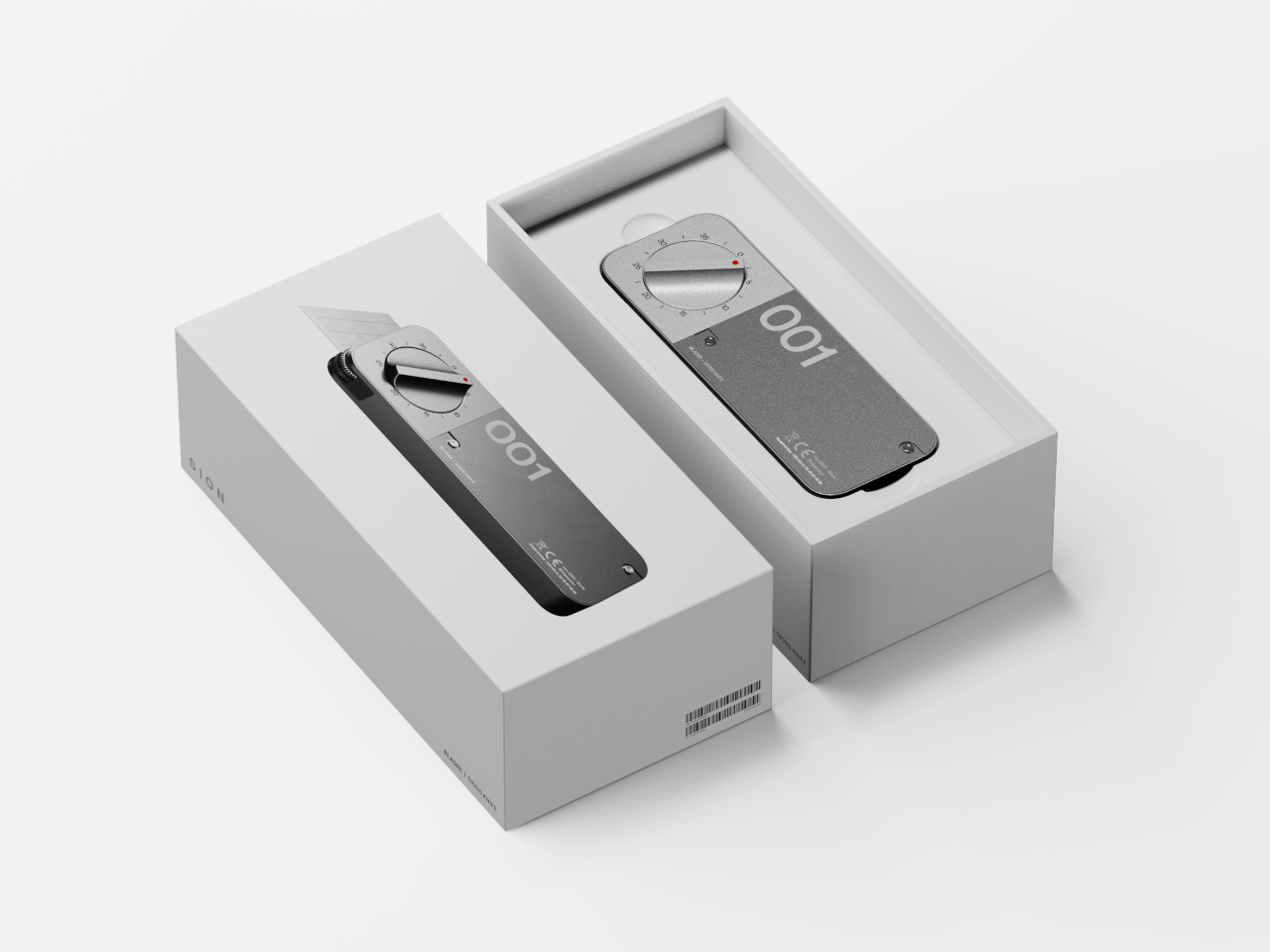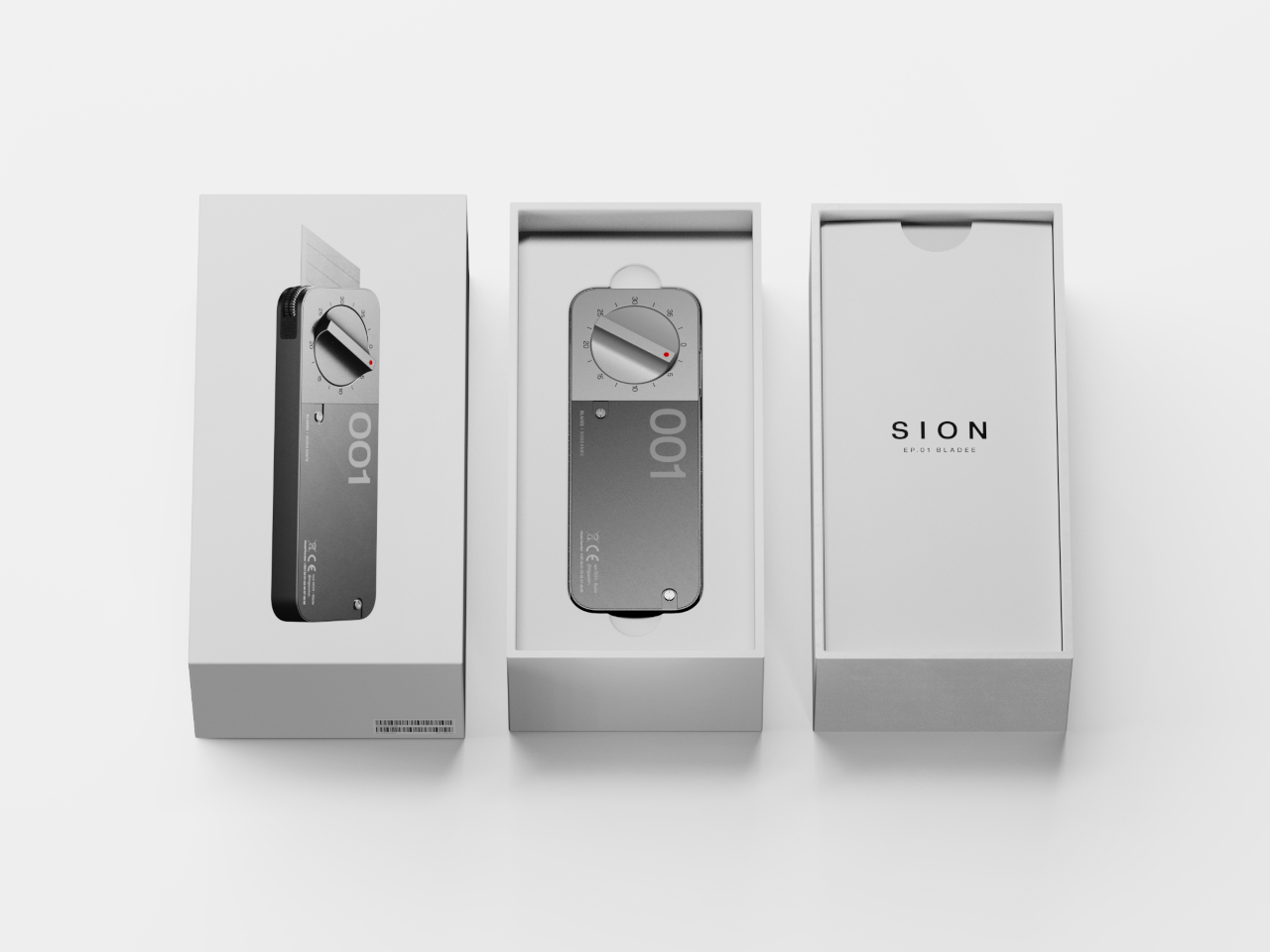The outlook for future generations isn't looking so great. The UN released its annual Emissions Gap Report on Tuesday, and the news is mostly bad. The world’s projected climate path falls far short of the Paris Agreement targets. Although the 2025 projections are slightly better than last year's, some of that improvement is due to the report's methodological changes. The UN also notes that the upcoming US withdrawal from the Paris Agreement will basically cancel that out.
The UN measures progress based on projections of rising temperatures (relative to pre-industrial levels) by 2030. The Paris Agreement's goals are to limit that to 2 degrees Celsius (while pursuing a path to 1.5 degrees C). The current projections are well above both numbers: 2.3 to 2.5 degrees C.
Those numbers compare to 2.5 to 2.8 degrees C in last year's report, but the improvement is partially chalked up to methodological changes. The report states that the US withdrawal from the Paris Agreement in January 2026 will wipe out around 0.1 degrees C of progress.

Getting the temperature rise down to 1.5 degrees C by 2100 is still possible, but it appears increasingly unlikely. To get there, the world would need to cut emissions by 55 percent by 2035. Meanwhile, to achieve 2 degrees C of warming by 2030, those cuts would need to reach 35 percent. As the report bleakly puts it, national pledges and the current geopolitical situation "do not provide promising signs that this will happen."
"Given the size of the cuts needed, the short time available to deliver them and a challenging political climate, a higher exceedance of 1.5 degrees C will happen, very likely within the next decade," the UN says. The best hope for reaching the long-term goals now lies in reversing that change after the fact. However, that carries the risk of crossing "irreversible climate tipping points," such as the collapse of the West Antarctic ice sheet.
Of course, rising temperatures alone aren't the only things to worry about. Cascading effects would include crop losses (and food insecurity), water scarcity, wildfires, coastal flooding and coral reef collapse. You also can't ignore the geopolitical implications, as desperate migrants flee uninhabitable regions, crowding the more livable ones.
A small silver lining is that solar and wind energy development has exceeded expectations, making their expansion easier and cheaper. The UN notes that CO2 removal tech could eventually help supplement policy changes, but that approach is "uncertain, risky and costly."
This article originally appeared on Engadget at https://www.engadget.com/science/un-emissions-report-the-planet-is-falling-well-short-of-its-climate-targets-184255639.html?src=rss